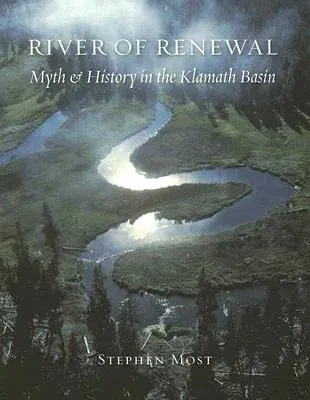Stephen Most
(Author)River of RenewalPaperback, 25 September 2006

Qty
1
Turbo
Ships in 2 - 3 days
In Stock
Free Delivery
Cash on Delivery
15 Days
Free Returns
Secure Checkout

Print Length
288 pages
Language
English
Publisher
University of Washington Press
Date Published
25 Sep 2006
ISBN-10
0295986220
ISBN-13
9780295986227
Description
Product Details
Author:
Book Format:
Paperback
Country of Origin:
US
Date Published:
25 September 2006
Dimensions:
22.2 x
18.03 x
2.18 cm
ISBN-10:
0295986220
ISBN-13:
9780295986227
Language:
English
Location:
Seattle
Pages:
288
Publisher:
Weight:
635.03 gm